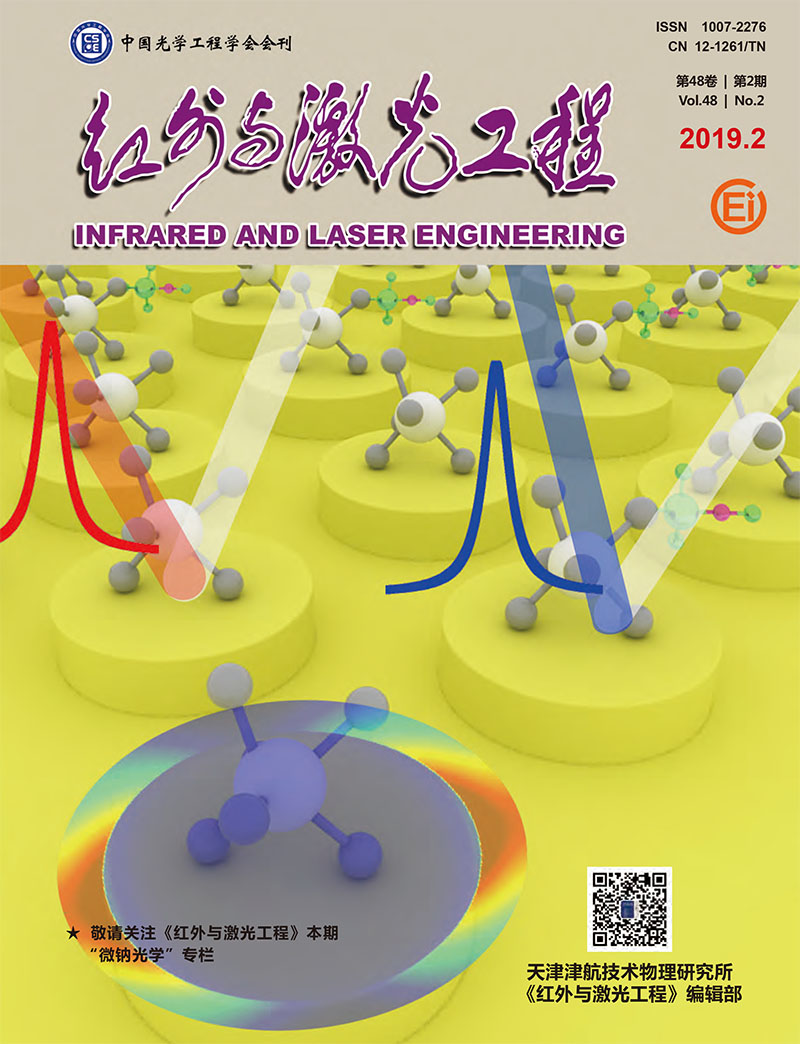|
[1]
|
Zenou M, Sa'ar A, Kotler Z. Laser jetting of femto-liter metal droplets for high resolution 3D printed structures[J]. Scientific Reports, 2015, 5:17265. |
|
[2]
|
Feinaeugle M, Gregor?i? P, Heath D J, et al. Time-resolved imaging of flyer dynamics for femtosecond laser-induced backward transfer of solid polymer thin films[J]. Applied Surface Science, 2016, 396:1231-1238. |
|
[3]
|
Yang Xichen, Wang Gang, Zhao Youbo, et al. Femtosecond laser processing of arrayed micro holes of metal filtration membrane[J]. Chinese Lasers, 2007, 34(8):1155-1158. (in Chinese) |
|
[4]
|
Zenou M, Sa'ar A, Kotler Z. Digital laser printing of aluminum micro-structure on thermally sensitive substrates[J]. Journal of Physics D Applied Physics, 2015, 48(20):205303. |
|
[5]
|
Kuznetsov A I, Unger C, Koch J, et al. Laser-induced jet formation and droplet ejection from thin metal films[J]. Applied Physics A, 2012, 106(3):479-487. |
|
[6]
|
Meshcheryakov Y P, Bulgakova N M. Thermoelastic modeling of microbump and nanojet formation on nanosize gold films under femtosecond laser irradiation[J]. Applied Physics A, 2006, 82(2):363-368. |
|
[7]
|
Mzel C, Hallo L, Souquet A, et al. Self-consistent modeling of jet formation process in the nanosecond laser pulse regime[J]. Physics of Plasmas, 2009, 16(12):063507. |
|
[8]
|
Inogamov N A, Zhakhovsky V V. Surface 3D nanostructuring by tightly focused laser pulse:Simulations by Lagrangian code and molecular dynamics[C]//International Conference on Computer Simulation in Physic and Beyond 2015, 2016, 681(1):012001. |
|
[9]
|
Zenou M, Sa'ar A, Kotler Z. Supersonic laser-induced jetting of aluminum micro-droplets[J]. Applied Physics Letters, 2015, 106(18):181905. |
|
[10]
|
Inogamov N A, Zhakhovsky V V, Migdal K P. Laser-induced spalling of thin metal film from silica substrate followed by inflation of microbump[J]. Applied Physics A, 2016, 122(4):1-9. |
|
[11]
|
Xiao Dongming, He Kuanfang, Wang Di, Transient temperature evolution of Selective Laser Melting process based on multilayer finite element model[J]. Optics Laser Technology, 2015, 44(9):2672-2678. (in Chinese) |
|
[12]
|
Bergstrm D, Powell J, Kaplan A F. Absorptance of nonferrous alloys to Nd:YLF and Nd:YAG laser light at room temperature[J]. Applied Optics, 2007, 46(8):1290-1301. |
|
[13]
|
Zeng Pan. Finite Element Basic Tutorial[M]. Beijing:Higher Education Press, 2009:290-293. (in Chinese) |
|
[14]
|
Hilgenfeldt S, Brenner M P, Grossmann S, et al. Analysis of Rayleigh-Plesset dynamics for sonoluminescing bubbles[J]. Journal of Fluid Mechanics, 2017, 365(365):171-204. |
|
[15]
|
Assael M J, Kalyva A E, Antoniadis K D, et al. Reference data for the density and viscosity of liquid copper and liquid Tin[J]. Journal of Physical and Chemical Reference Data, 2010, 39:033105. |
|
[16]
|
Fabbro R, Fournier J, Ballard P, et al. Physical study of laser-produced plasma in confined geometry[J]. Journal of Applied Physics, 1990, 68(2):775-784. |









 DownLoad:
DownLoad: